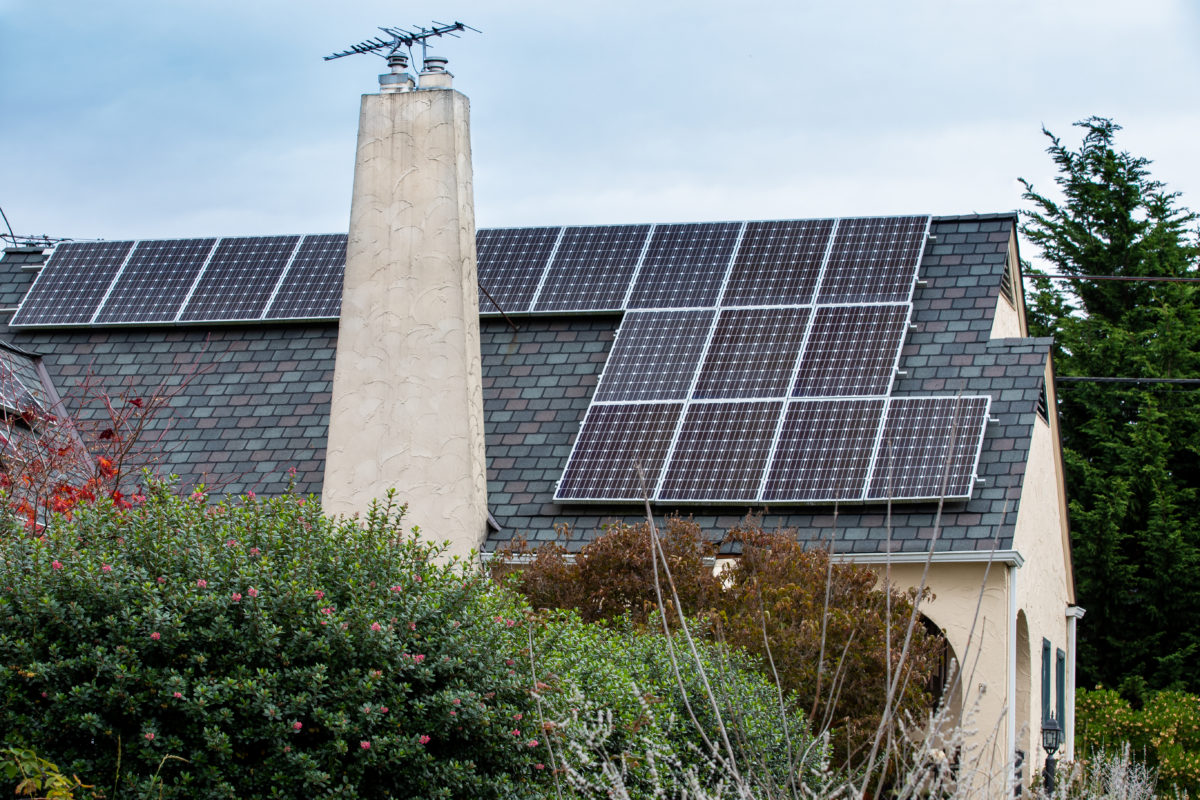A group of researchers at India’s National Institute of Technology has developed a new technique for DC voltage regulation in solar-plus-storage power generators which is claimed to enable the system operation in a stable manner under varying operating conditions.
Presented in the paper Solar PV-BES in distribution system with novel technique for DC voltage regulation, published in Engineering Science and Technology, an International Journal, the new technique was conceived for the coordinated regulation of active power along with reactive power compensation of a grid-connected PV system (SPV) linked to battery energy storage (BES). A “curve fitting toolbox in Simulink (MATLAB) is used to derive the controller equation for a novel DC voltage regulator,” the research team specified. “Variations in solar irradiance and load changes are also simulated to verify the effectiveness of the proposed system.”
The PV system is linked to a DC link capacitor via a DC/DC converter and the storage system is coupled to the capacitor through buck-boost DC/DC converter. “The DC side of the structure is connected to the AC side using [a] DC/AC converter,” the academics explained. “The control structure measures the voltages at [a] point of common coupling (PCC) and grid side and currents at load and SPV-BES side[s].” The resulting signals are then fed to the controller for the implementation of energy flow management.
PV system yield is optimized through a perturb and observe (P&O) algorithm for maximum power point tracking (MPPT). The battery is charged when solar irradiance is higher than a certain value determined by the voltage measurement of the PV system. It is then discharged when the solar array is incapable to supply the loads under reduced irradiance. “The converter permits the energy to flow in both direction[s] i.e. to the battery and from the battery,” the Indian team stated.
The DC/AC converter is responsible for delivering a stable AC voltage for the loads connected at the point of common coupling (PCC) and the capacitor voltage is maintained for stable operation of the set-up. “The controller enables the PV-battery set-up to not only supply active power but also compensate reactive power at [the] PCC,” the scientists added. “The PV-battery set-up is working in the grid-tied mode of operation for the entire simulation.”
According to their measurements, the DC link voltage was constant almost during the entire simulation period under variable operating conditions. “In addition, the capability of [the] hybrid system to compensate reactive power has also been utilized to improve the system stability and power quality,” they concluded.
This content is protected by copyright and may not be reused. If you want to cooperate with us and would like to reuse some of our content, please contact: editors@pv-magazine.com.




1 comment
By submitting this form you agree to pv magazine using your data for the purposes of publishing your comment.
Your personal data will only be disclosed or otherwise transmitted to third parties for the purposes of spam filtering or if this is necessary for technical maintenance of the website. Any other transfer to third parties will not take place unless this is justified on the basis of applicable data protection regulations or if pv magazine is legally obliged to do so.
You may revoke this consent at any time with effect for the future, in which case your personal data will be deleted immediately. Otherwise, your data will be deleted if pv magazine has processed your request or the purpose of data storage is fulfilled.
Further information on data privacy can be found in our Data Protection Policy.